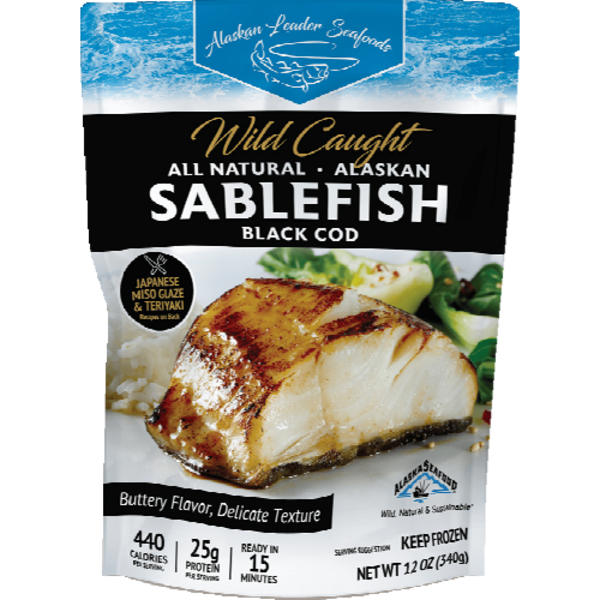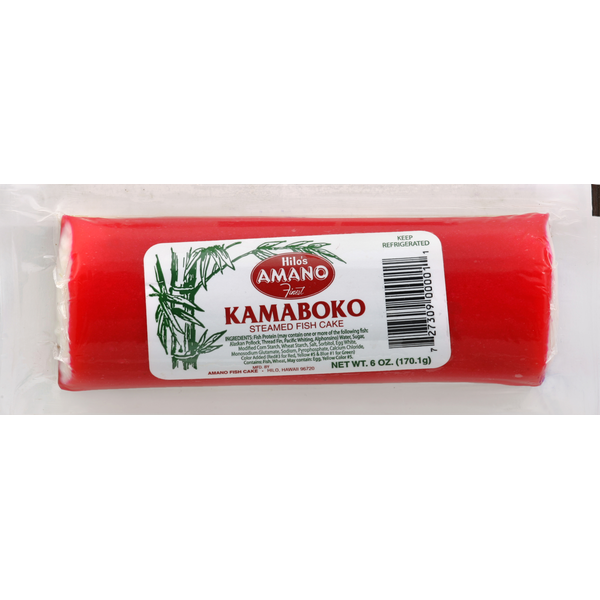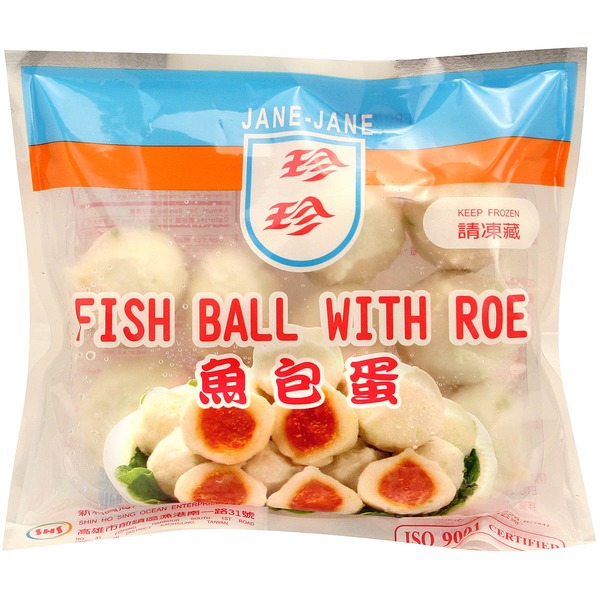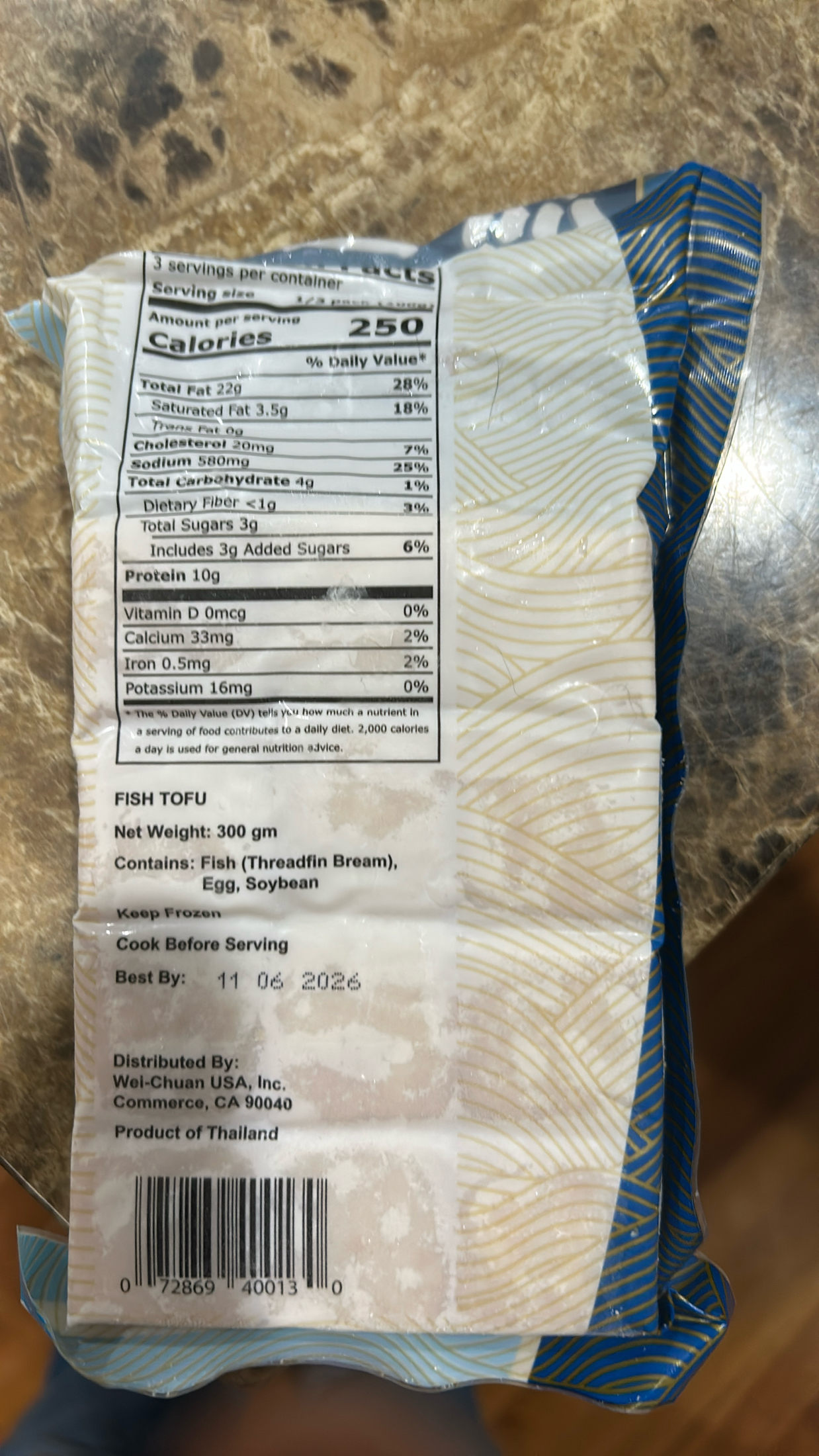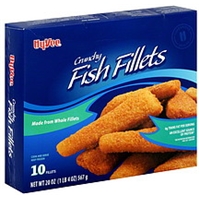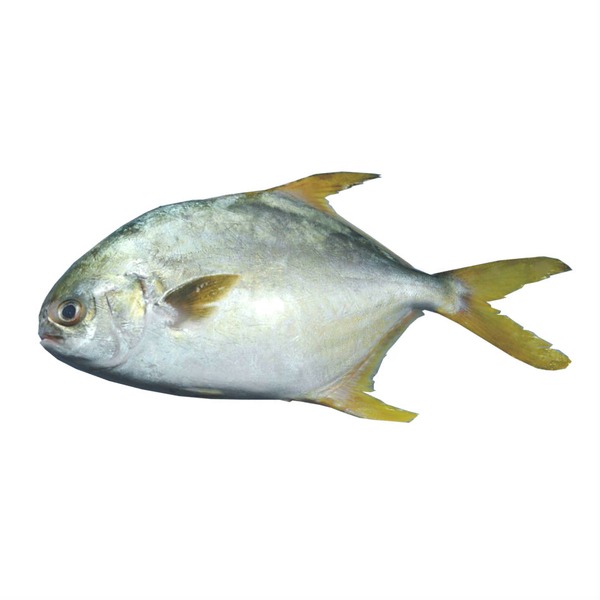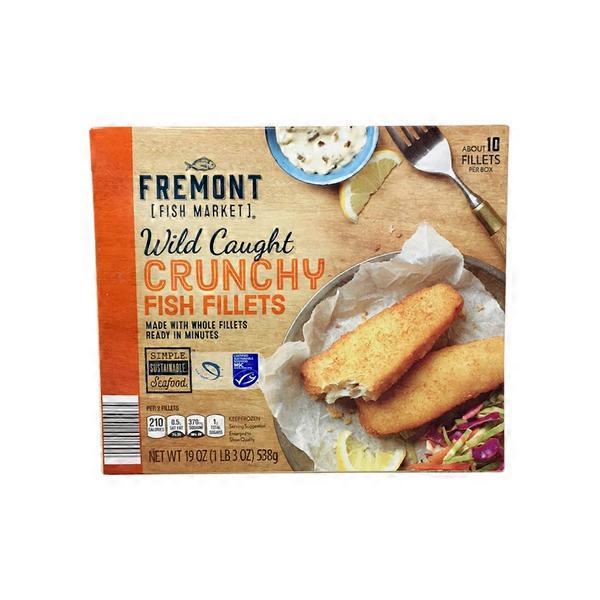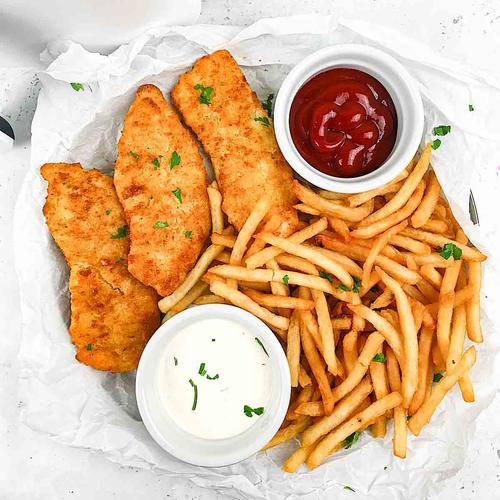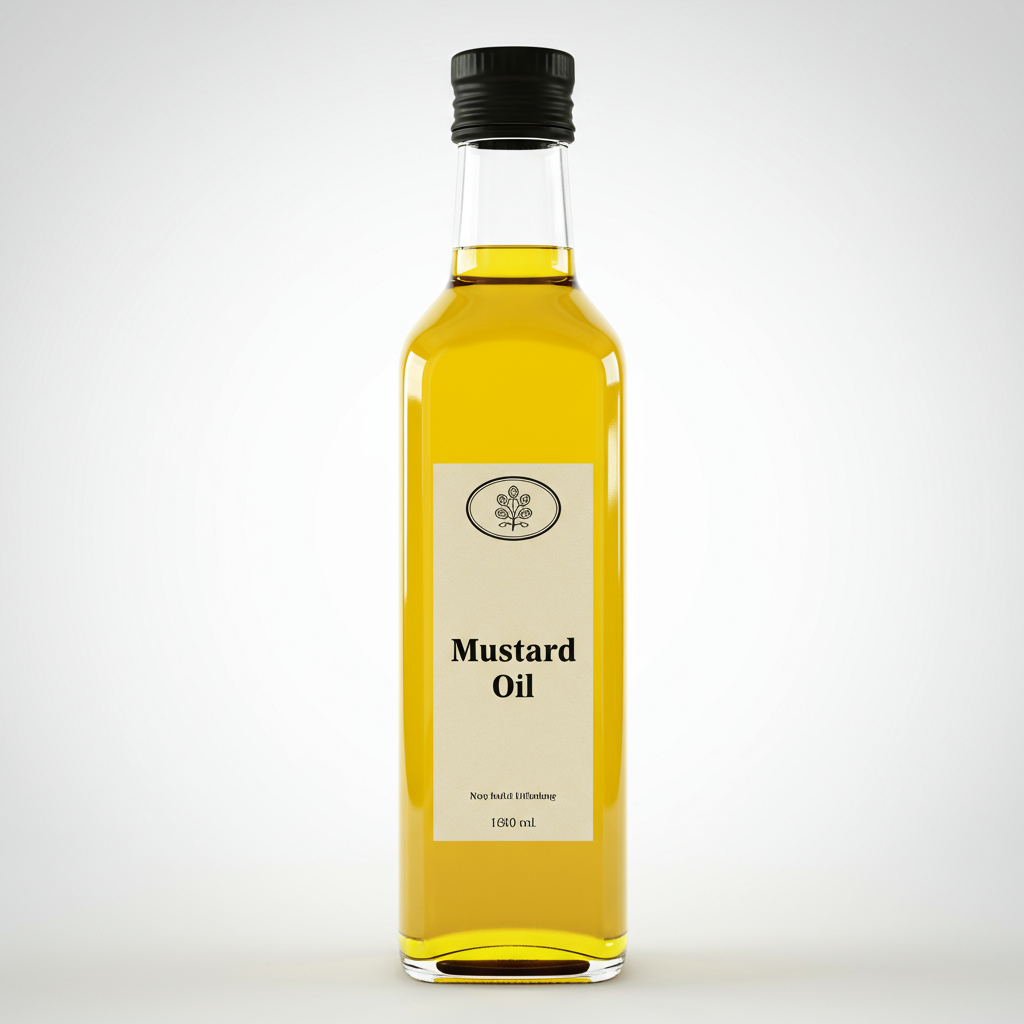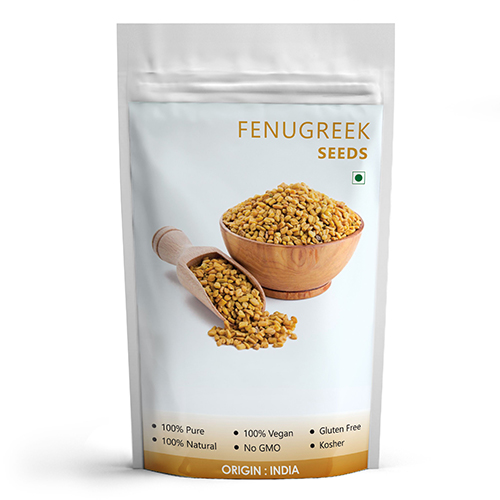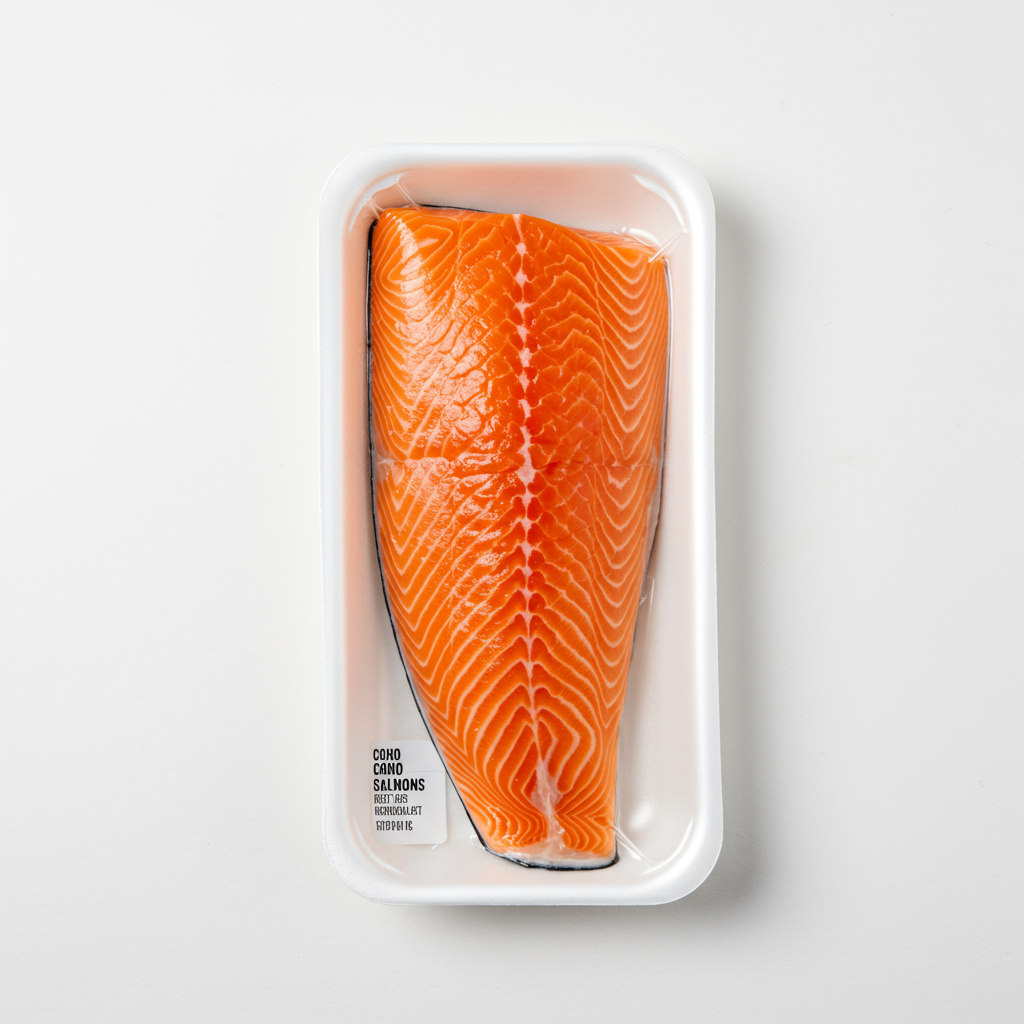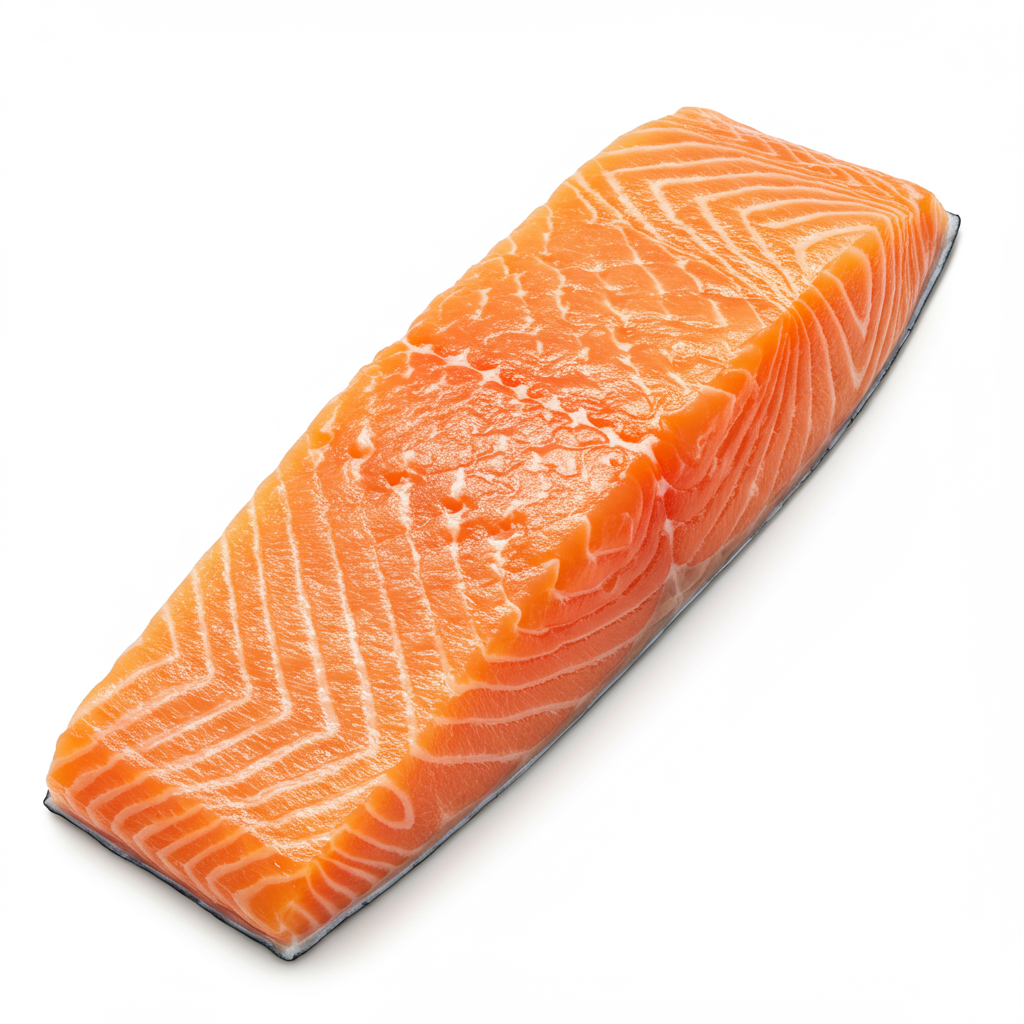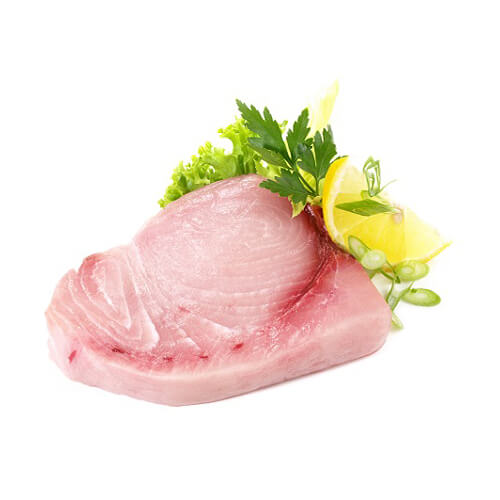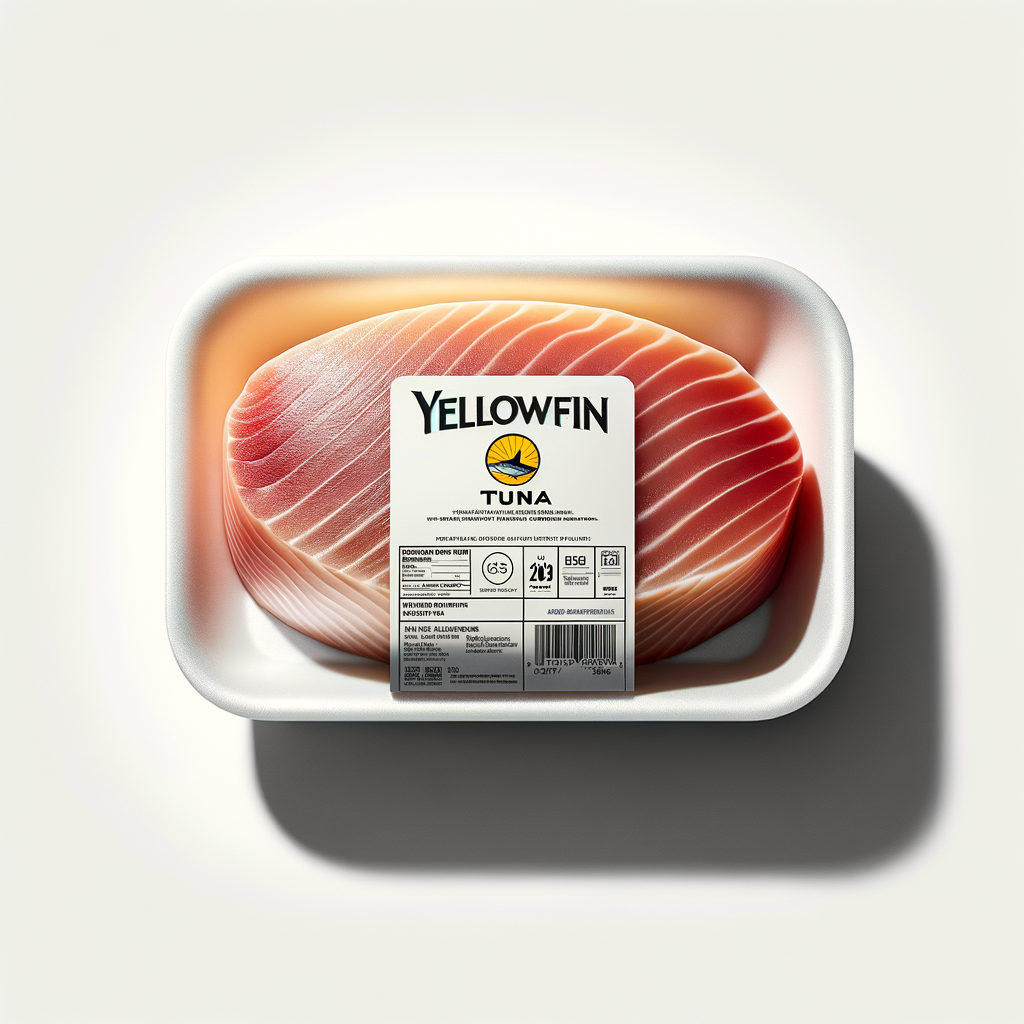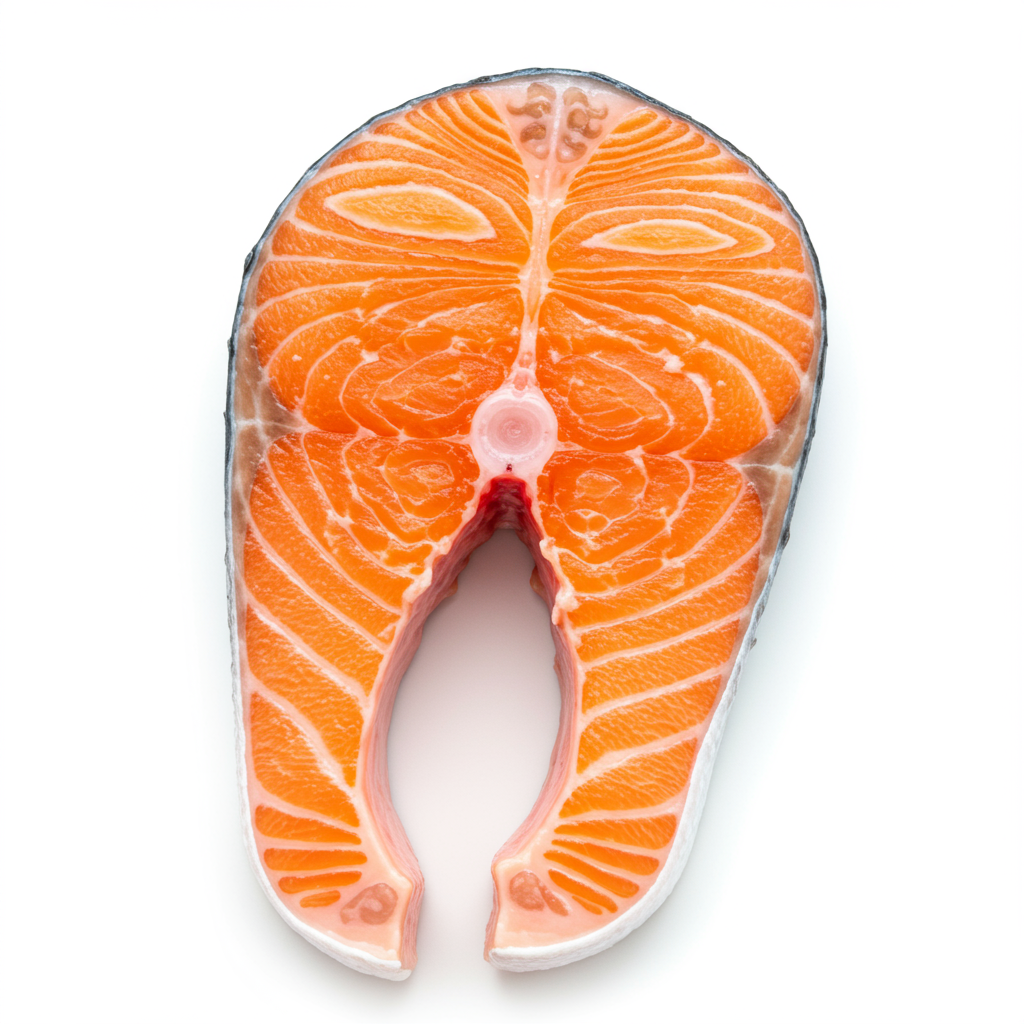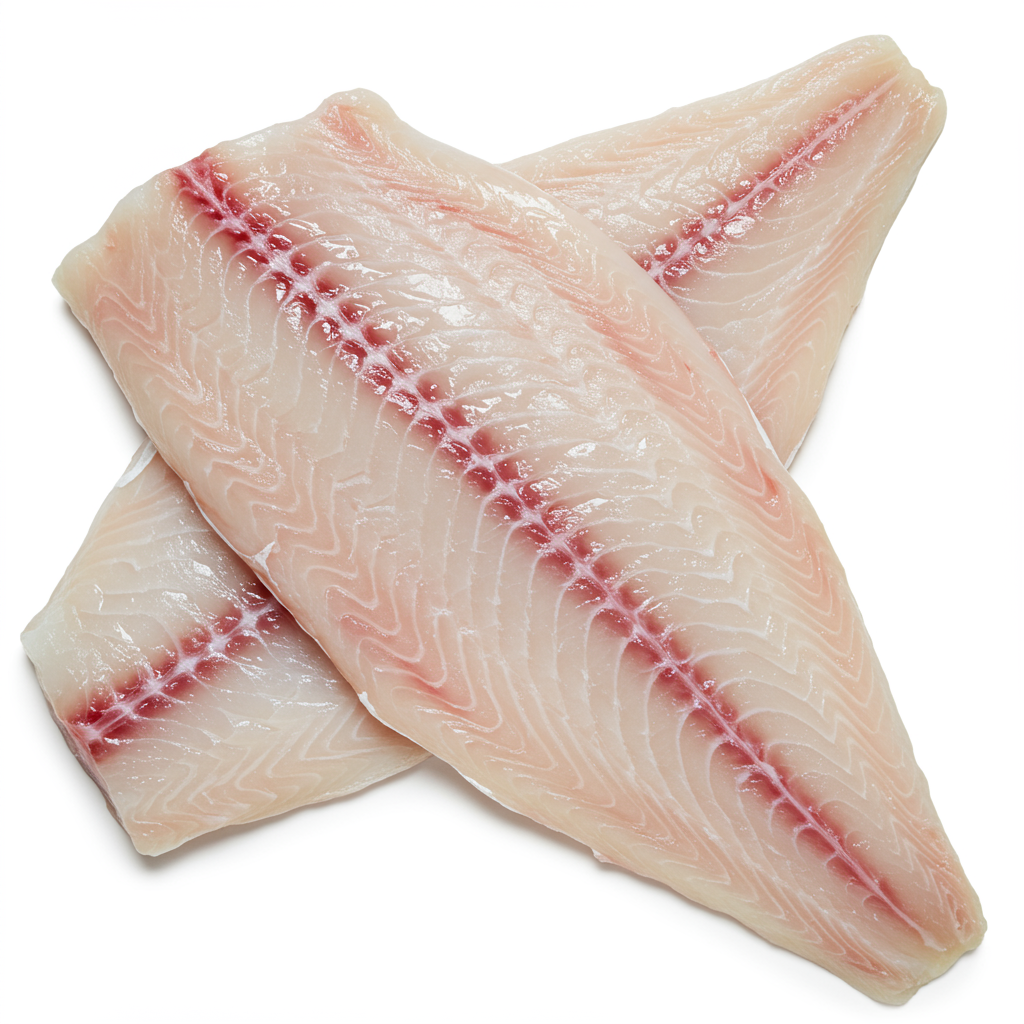MAIN DISHES
APPETIZERS
SIDE DISHES
Fish
Fish is an incredibly versatile and nutritious food source that is popular for its high-quality protein, healthy fats, and various essential nutrients. The type of fish can range from cold-water species, like salmon and tuna, to warm-water species, such as tilapia and catfish, each exhibiting unique flavors and textures. Rich in omega-3 fatty acids and low in saturated fats, fish consumption has been linked to numerous health benefits, including promoting heart health and overall brain function.
In the culinary world, fish is enjoyed globally in various forms—grilled, broiled, fried, baked, and even raw. Home cooks appreciate the ease and speed with which fish can be prepared, making it both a weeknight staple and a special occasion dish. Recipes can be as simple as pan-seared fillets with seasoning, or complexly flavored, such as fish baked in a sauce or stuffed with vegetables. Whatever the preparation method or choice of fish, it remains an important and delicious component of many international cuisines.
0%
CARBS
2%
FAT
98%
PROTEIN
1,507 Fish Products
Alaskan Leader Seafoods Wild Caught Alaskan Sablefish Black Cod
Hilo's Amano Finest Red Kamaboko Steamed Fish Cake
Jane-Jane Frozen Fish Balls W/Flying Fish Roe
Fish Ball
Dongwon Busan Fish Cake
Fish Tofu
Crunchy Fish Fillets
Stewed Fish Cake
Golden Pompano
Fremont Fish Market Wild Caught Crunchy Fish Fillets
Used In 21 Recipes
4
Quick Smoky Fish Tacos with Chipotle Mayo
Goan-Style Spicy and Tangy Lady Fish Curry
22
Steamed Fish with Ginger and Soy Sauce
49
15-Minute Spicy Fish Taco Recipe
3
Lemon Tarragon Trout
3
Baked Fish with Lemon-Garlic Butter
1
Air fryer fish and chips
5
Beer Battered Fish and Chips
Fish Is Frequently Used With
Fish FAQ
When cooking fish, people often struggle with determining when it's fully cooked, achieving a crispy skin, avoiding the fishy smell, and deciding the best cooking method. A common mistake is overcooking the fish, which results in a dry and tough texture. Seasoning is also key with fish, and using too little or too much can disrupt the balance of flavors. To get the most out of fish, always choose fresh and sustainably caught or farmed fish. Patting the fish dry before cooking can help achieve a crisp sear, while poaching or steaming can retain moisture for a tender and flaky result. Going slow with the heat can prevent the exterior from cooking too quickly compared to the inside. A well-preheated cooking surface (grill, oven, pan) is crucial for properly seared fish.
Little known tricks can help further elevate your fish dishes. A wine-based marinade not only adds flavor but also minimizes that 'fishy' smell. Firmer fish, like tuna and salmon, are great for grilling, while delicate fish, like flounder or sole, do well with sautéing or poaching. You can also use citrus juices to give fish a refreshing and vibrant lift.
What is the white stuff that comes out of salmon?
How can I tell if my fish is fully cooked?
Why is my fish smelly and how do I eliminate the smell?
How do I get a crispy skin on my fish?
What are the best ways to season fish?
Should I remove the scales before cooking?
What kinds of fish suit grilling best?
How do I prevent fish from sticking to the pan or grill?
Can I eat fish raw?
Can I eat the skin of the fish?
Expiration & Storage Tips
When does fish expire?
Whole fish or fish fillets can last up to two days when refrigerated at around 32°F to 34°F. If the fish you purchased is frozen, it can be stored in the freezer for 4-6 months. However, the texture and flavors will start to deteriorate slightly after three months. If the fish is cooked, it should be eaten within 3-4 days if stored in the refrigerator. The 'use by' date on packaged fish will give you the best guidance for safe consumption.
How do you tell if fish is bad?
The smell is the first indicator that fish has gone bad. Fresh fish should have a mild scent and not smell fishy or pungent. If it has a sour, rancid or fishy smell, it's likely spoiled. In addition to smell, if the fish feels slimy or if it has changed color, especially if it has become darker or if there are any green or yellow spots, it should not be eaten.
Tips for storing fish to extend shelf life
• Always store fish in the coldest part of your fridge, usually the back, away from the door. This ensures it stays at a safe, steady temperature.
• If you buy fresh fish, consider cooking it on the same day to ensure the best quality. If it must be stored, wrap it in waxed paper or aluminum foil, and then place in a sealed plastic bag.
• Where possible, keep fish in its original packaging when storing in the fridge or freezer to avoid exposure to air and bacteria.
• If freezing fish, store it with a layer of ice or inside freezer bags to help maintain its freshness.
• It's also a good practice to label packaged fish with the date when it was frozen. This can help keep track of the optimal period of storage.
EXPIRES WITHIN
6 - 11
DAYS
Equivalents
Substitutes
See All
Health Info
Macros
0g
CARBS
0g
FAT
20g
PROTEIN
Allowed on these diets
LOW FAT
HIGH CALCIUM
KETO
PALEO
WHOLE 30
MEDITERRANEAN
LOW CARB
LACTOSE FREE
GLUTEN FREE
Contains these allergens
FISH

